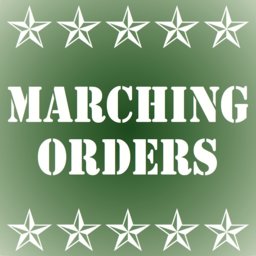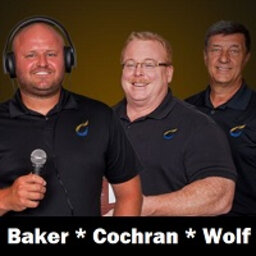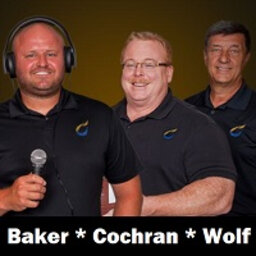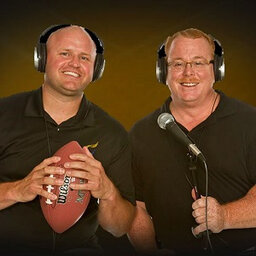Jeffrey Noble of Dublin, Ohio: U.S. Army, Vietnam War
Jeffrey D. Noble, 74, of Dublin flew an Army helicopter gunship during the Vietnam War with Company B, 9th Aviation Battalion, 9th Infantry Division, and went on to have a 25-year career in the Army.
“I wouldn’t trade one day of the 25 years for anything in the world,” he said.
After graduating from high school in Florida in the early 1960s and taking courses at the College of Wooster, Noble tried to join the Navy as an aviator. He was told if he wanted to be a pilot, he had to get a college degree first.
After a brief return to college and getting a private pilot’s license, he joined the Army in 1966 and became a helicopter pilot.
In 1968, he was flying a UH-1 Huey helicopter gunship in South Vietnam, based at Bear Cat and Dong Tam.
“Getting shot (at), first time, always exciting,” Noble said. “You look down; you see a little green dot. By the time that baby gets close to your helicopter, it’s about the size of a medicine ball.”
Unlike the two-man AH-1 Cobra gunships that came into widespread use later, the UH-1 had a four-man crew. The extra eyes on board, he said, were handy in spotting enemy fire from the ground.
Noble’s missions during the war included locating and targeting sites that were sending mortar or rocket fire toward U.S. or allied ground troops or bases.
Other missions included supporting U.S. boats working to stop communist supplies moving in rivers and canals.
Communist troops were adept at avoiding trouble, he said. They could sink their boats intentionally, hide on shore and raise the boat after the coast had cleared.
River operations might involve Navy boats, Air Force planes and Army helicopters and artillery, Noble said, thereby creating challenges in coordinating the different elements.
Because the Army and Navy used different radio systems, Army soldiers would ride the boats to communicate with helicopters and artillery, he said. During one engagement, he asked a soldier on a boat if he had called for other support. Apparently reluctant to see the gunship leave, the soldier said no. Then U.S. artillery began to land nearby, unexpected by Noble and his crew.
The soldier on the boat knew about the artillery “but wasn’t telling us,” Noble recalled with a laugh.
Noble returned to the scene when artillery subsided, asking the soldier if any other support had been called. Again the soldier said no, just before a B-57 Canberra bomber arrived carrying what Noble called “the biggest bomb I’ve ever seen.”
Noble’s unit operated in the southern part of the country, where the enemy was the Viet Cong (local guerrilla fighters), while the North Vietnamese Army was more active in the north.
That was the situation until the Tet Offensive broke out in January 1968, when the communists launched surprise attacks against towns and bases all across South Vietnam.
An immediate effect for Noble was that he was operating in urban areas for the first time. Cho Lon, an area of the South Vietnamese capital of Saigon, was a hotbed of combat with “Viet Cong all over the place.” Noble’s helicopter flew missions in Cho Lon for two weeks.
About 80 percent of Noble’s missions were flown at night. In a Third World country like South Vietnam at the time, there is no ambient light at night in rural areas, he said. It was “a big black field out there.”
By abandoning hit-and-run tactics used earlier, communist forces were overwhelmed during Tet by the Americans and South Vietnamese, along with allies from Australia and Thailand.
“We won Tet,” Noble said. “There were no more North Vietnamese soldiers in South Vietnam after Tet, nor were there any Viet Cong. They were literally decimated.”
North Vietnamese literature admitted, he said, “militarily, they had no ability to respond anymore.”
American troops at the time believed putting military pressure on North Vietnam after the Tet Offensive could have forced the communists into talks to end the war.
It was not until he had returned to the United States, Noble said, that he learned the American public saw the Tet Offensive as a failure of U.S. policy, increasing erosion of public support.
Depleted Viet Cong forces eventually would be replaced by the North Vietnamese Army. Toward the end of his tour, Noble said, the NVA attacked the base where he was stationed. A year earlier, he said, the enemy would have been “nothing but Viet Cong.”
When his time in Vietnam ended, Noble said, “they told you, when you got to the states, take your uniform off (because of growing public opposition to the military). Which we did.”
Back in the United States, Noble completed his college education and served at locations that include Fort Benning, Fort Knox and Fort Hood. He also was stationed at Baumholder in then-West Germany and at Fort Buchanan in Puerto Rico.
He performed a variety of duties, including leading an armored unit and working as an inspector general and in military finance.
Noble worked for Huntington Bank for 15 years after leaving the Army. He serves on the Franklin County Veterans Service Commission and is active in several veterans organizations.
At the veterans service commission, “we see the issues every week,” he said of former military personnel readjusting to civilian life.
“When they get out of the service, if you can get them into a career or a job that they enjoy and are interested in and give them enough money to live on,” he said, “you’ve got a good answer.”
Noble’s decorations include the Defense Superior Service Medal, Bronze Star Medal, Meritorious Service Medal, Air Medal (10th award), Army Commendation Medal (three oak leaf clusters), Joint Service Achievement Medal, National Defense Service Medal, Vietnam Service Medal (4 bronze stars), Republic of Vietnam Campaign Medal, Republic of Vietnam Gallantry Cross Unit Citation with Palm, Overseas Service Bars (two), Army Service Ribbon and Overseas Service Ribbon (two).
He and his wife, Jane, have been married 47 years. They have two sons, Dr. Gregory Noble and Kevin Noble, and 10 grandchildren.
This podcast was hosted and produced by Scott Hummel, ThisWeek Community News assistant managing editor, digital. This profile was written by Paul Comstock.
 From the Newsroom: ThisWeek Community News
From the Newsroom: ThisWeek Community News


